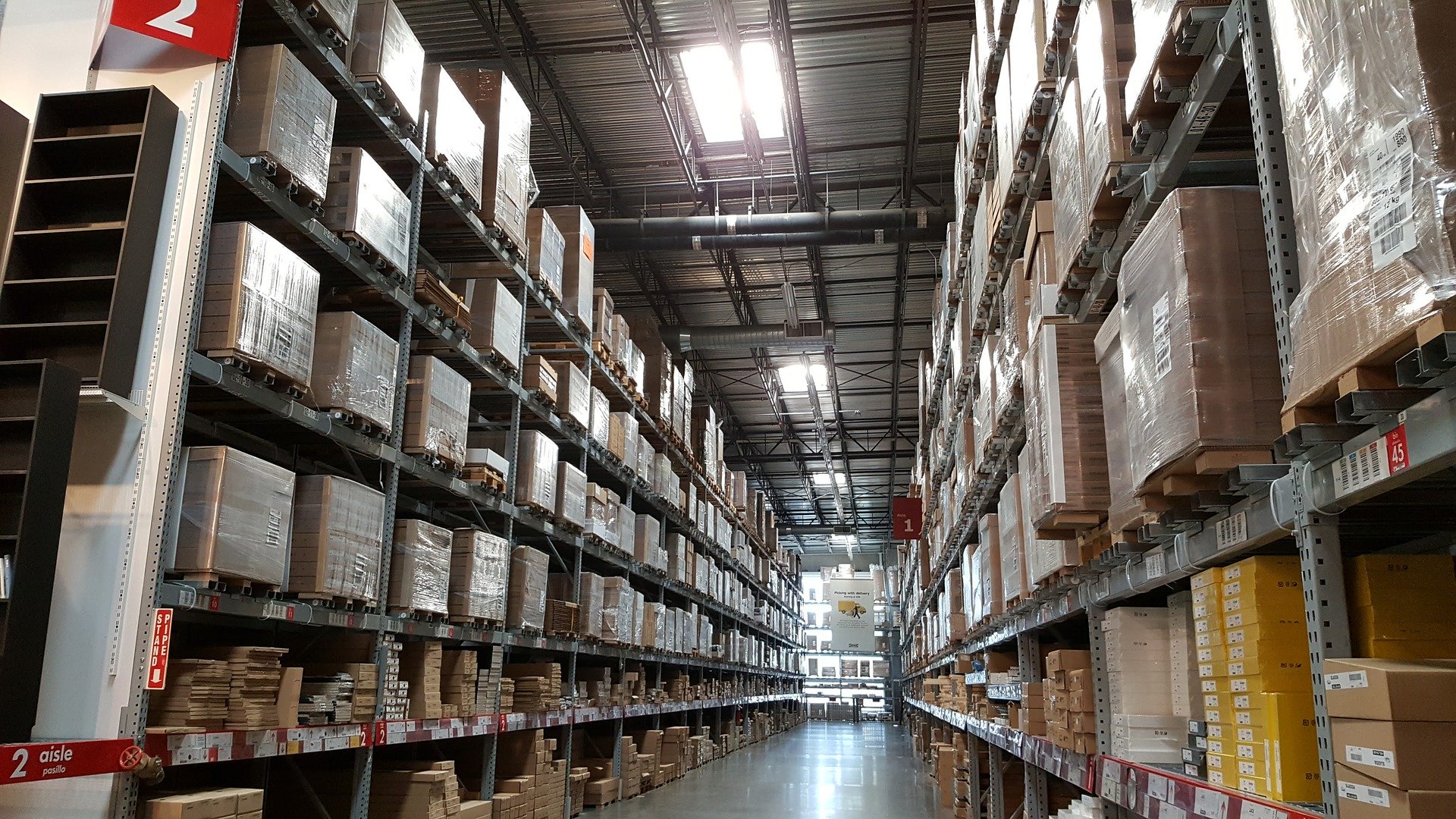Whether you’re running a small business or working for a major corporation, you understand how important a warehouse is. A warehouse is a space where you store all your goods. If something happens there, it can cause a chain reaction leading to hefty losses on the other end. That is why both employees and managers are required to adhere to certain safety protocols to prevent injury and loss of life and property.
If you think your warehouse is in need of some extra safety measures, here is a short article describing the best ways to make a secure and accident-free work environment.
Shelving Safety
What’s the first thing you think of when thinking about warehouses? Shelves, right? Lots and lots of shelves to put boxes of products on.
Shelving safety guidelines are one of the basics of a healthy and safe warehouse environment. Your staff needs to be properly trained to make sure they don’t overexert the shelving. No matter how strong and flexible, are very likely to collapse under too much weight. Thus, your employees must be properly instructed on how to distribute weight to prevent potentially catastrophic failure. Not only that, but proper weight distribution and proper product shelving protocol will prevent heavy loads from falling off shelves and potentially crushing and injuring workers below.
On that note, you should also invest in some shelving and column bumpers to prevent damage due to possible collisions with vehicles and equipment commonly found in warehouses, and heavy boxes damaging the racks which can compromise their structural integrity.
Proper Vehicle and Equipment Training
Being a warehouse worker requires more training than one might think. Proper instruction and licensing for warehouse equipment is a must if you are to ensure a safe working environment.
One of the worst culprits when it comes to warehouse accidents are forklifts. OSHA reports a number between 90.000 to 110.000 forklift-related accidents in the United States., causing millions of dollars in damages. With that being said, any manager worth his salt will have their forklift operators properly trained for the job, and newbies overseen by operators with years’ worth of skills and experience.
With that being said, make sure your forklifts are up to par when it comes to their performance and maintenance. Your workers can perform day-to-day maintenance, like checking breaks, the horn, the forks and recharging or refueling, but for serious maintenance be sure to hire a professional firm, the likes of MLA Holdings, because not even the most skilled operators can safely operate faulty equipment.
Introduce Proper Signage
Scarce, unsatisfactory, and confusing signage is an accident waiting to happen. A warehouse is a place of heightened traffic. Traffic needs to be regulated to avoid possibly life-threatening collisions and to point to potential hazards and points of interest.
One of the best ways to regulate traffic in a warehouse is with simple yellow tape. This tape is commonly used to mark lanes for forklifts and other heavy equipment. Adhering to these guidelines prevents heavy machinery from hitting other workers who are moving on foot throughout the warehouse. Be aware that they might be carrying heavy loads too, so accidental collisions are all the more dangerous for pedestrians.
Another point of contention is the docking area. You have probably seen funny clips of people falling through the gaps when exiting trucks because they weren’t parked close enough, or due to worker carelessness, but, trust us; it’s not funny when it happens in your warehouse. The docking area is a point of high traffic, with employees, vehicles, heavy loads and trucks moving through it. Proper signage will make for a clear indication of where one needs to go and what hazards to pay attention to.
Finally, mark areas for emergencies. Eye washing stations, charging stations, fire extinguishers, first aid and other points of interest must be properly marked and visible. Knowing where to go and how to deal with an emergency might just prove a lifesaver if an accident does happen.
Invest in Employee Ergonomics
Your workers are very much human, and humans get tired, sick or inattentive, which can lead to injury. Chances are, workers aren’t going to be able to use machinery and equipment to carry all of the products and some will need to be moved manually. Improper handling of heavy loads leads to fatigue, and strained muscles and bones, which can lead to injury and burn-out.
To prevent your workers from sustaining injuries and you losing productivity, make sure you invest in proper warehouse ergonomics and training. Make sure your workers are familiar with proper lifting techniques. Invest in grit strips on ladders and stairs, and buy anti-fatigue mats. Also, make sure your workers are well-rested and have no outstanding health issues that might lead to serious injury.
Invest in Personal Safety Equipment
Depending on the working environment, you need to invest in some proper safety equipment. Accidents can happen in a warehouse even if your workers are following all the safety guidelines. When that happens, it is the job of the manager to provide the workers with all the safety equipment they need to avoid injuring themselves.
This safety equipment can include safety goggles, rubber gloves, steel-toed boots, masks, specialty clothes, bright clothes, hardhats, fluorescent safety vests, and any situation-specific equipment workers might need.












